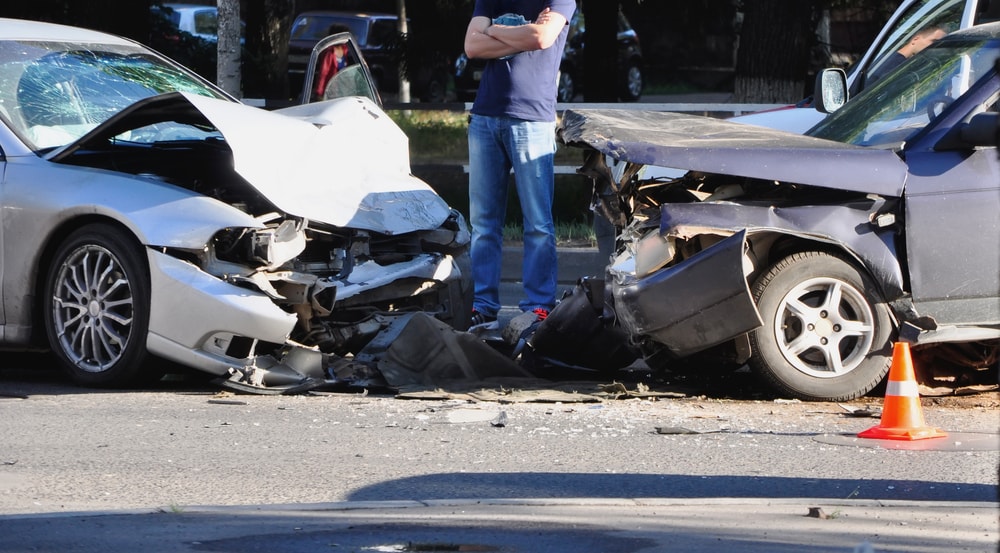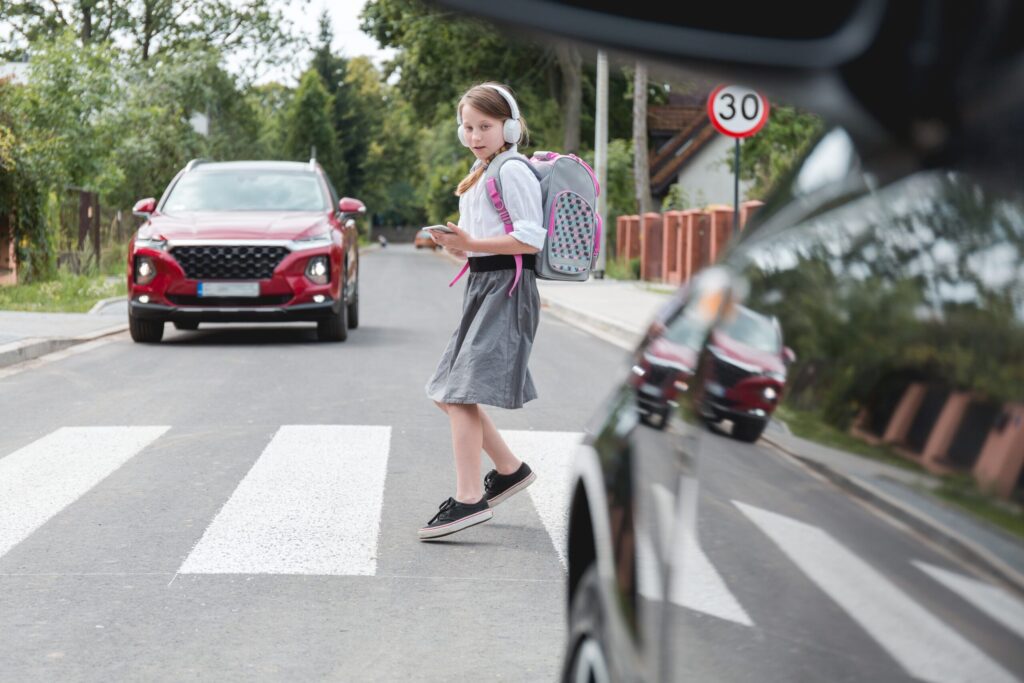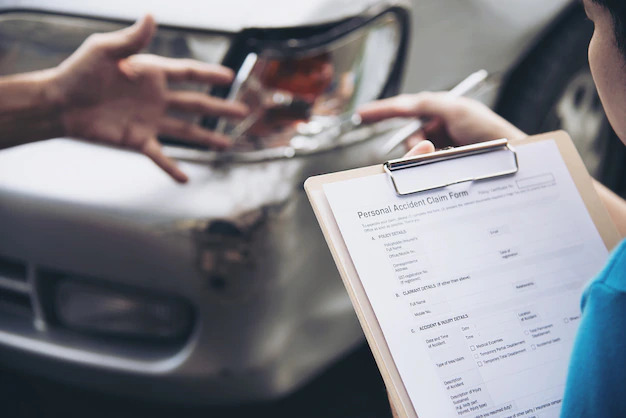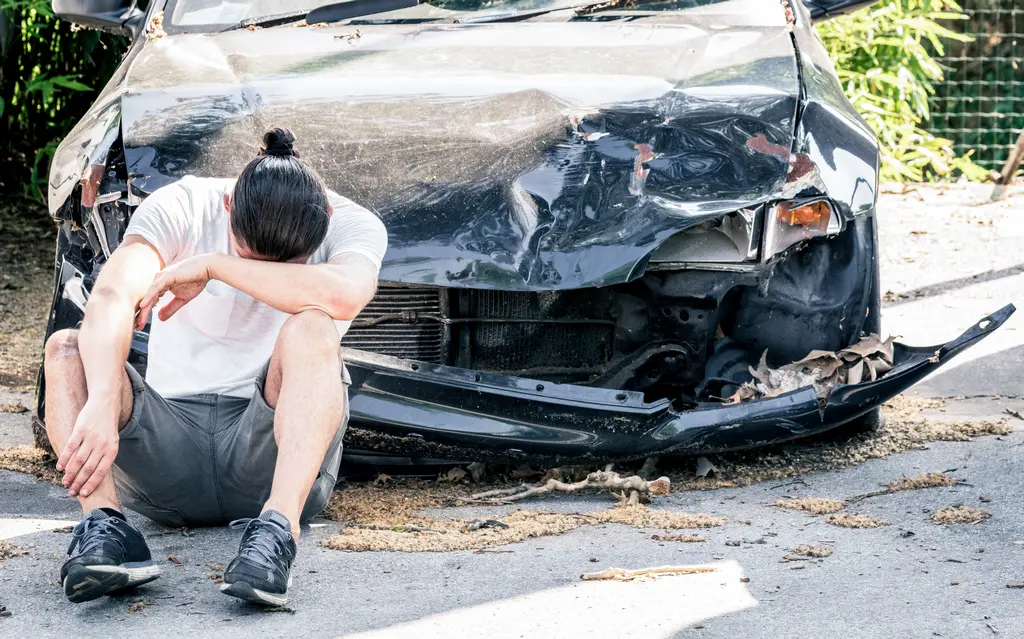When accidents happen, first responders have a number of responsibilities. First and foremost, ensuring those involved are safe and secure is priority number one. When the scene is cleared and occupants of all involved vehicles are moved from the scene, law enforcement’s secondary responsibility comes into play: determining the at-fault parties.
Aside from cursory notes and observations, investigators conduct a process known as crash reconstruction. Whether you’re a victim of a negligent driver or perhaps you’re accused of negligence yourself, understanding how law enforcement operates is critical for follow-up litigation involving car accidents.
What Crash Investigators Use as Evidence
The majority of crash investigations are the responsibility of road patrol officers. Depending on the call volume, law enforcement officers typically expedite crash investigations to accomplish more pressing calls for service, especially if it’s a minor accident.
In some situations, however, law enforcement officers encounter car accidents that result in great bodily harm, permanent disability, or death. In these instances, traffic homicide units conduct the investigation rather than road patrol officers. When it comes to determining who is at fault and how an accident occurred, crash investigators utilize a number of tools to come to investigative conclusions:
- Algorithms and Arithmetic- Simple formulas to calculate speed, velocity, and points of impact.
- Most Harmful Event- Determining where the most harm (damage) occurred is critical in a crash investigation. Investigators calculate this from value of damaged property as well as observational skills.
- Skidmarks- Skid marks indicate direction of travel, whether a vehicle reduced speed or increased speed, and help investigators map out how a crash occurred.
- Indications of Impairment or Distraction- A critical element of proving whether a driver was operating a vehicle in a reckless or careless manner comes down to whether they were impaired or distracted. If investigators have probable cause to look at text messages or cell phones, they can see if calls or texts were received at the time of collision. Blood and breath tests can also indicate whether a driver was impaired at the time of a crash, proving they were incapable of safely driving at the time the crash occurred.
- Surveillance Cameras- Investigators, in addition to initial responding officers, canvass nearby businesses or residences for cameras that may have captured an accident.
- Eyewitnesses and Occupants- While video footage is always the “ideal eyewitness,” eyewitnesses can testify or offer their accounts of what they observed. Eyewitness accounts can be very unreliable; however, and while useful, are rarely seen as infallible. Drivers or passengers may be interviewed (assuming they’re uninjured and able to do so), but objective third-party are always the most ideal kinds of eyewitnesses.
How Crash Reconstruction Affects You
If you’re involved in an accident, crash reconstruction is thought of as the “final say” in terms of who was actually at-fault. Whatever investigators determine as the cause of the accident may result in any number of outcomes for you or those involved:
- Civil liability
- Responsible for compensation or damages
- Possible criminal prosecution
While most crash investigations are considered the final say, there are many alternatives you can pursue to ensure due diligence is followed after an accident.
Hire a Car Accident Attorney to Examine a Crash Reconstruction
If you were involved in a serious accident, it’s always critical to seek the services of an experienced Louisiana car accident attorney. Whether you were held liable or you feel a crash investigation was inadequate, a car accident attorney will fight to reopen and investigate the findings of a crash investigation on your behalf.
The Law Offices of E. Orum Young have over three decades of experience fighting on the behalf of those involved in car accidents. Our law offices will fight to ensure you’re justly compensated and faulty liability claims are shot down. To receive a free case review, call our office at (318) 303-4194 or visit us online.





